Selecting the ideal island destination can indeed be a daunting task, especially with the plethora of options available. This guide aims to simplify the process by breaking down the key factors to consider—from budget and travel preferences to safety and logistics—to help you make an informed decision.
1. Identify Your Travel Priorities
Before diving into the world of tropical islands, it’s crucial to clarify your travel goals. Different islands cater to different needs, so here’s a breakdown to help you narrow down your choices:
Relaxation-Focused Travelers
If your idea of a perfect vacation involves lounging on pristine beaches, indulging in spa treatments, and enjoying serene environments, look for islands with direct flights, luxury resorts, and tranquil settings. Bali (Indonesia), Phuket (Thailand), or the Maldives are excellent choices for those seeking relaxation.
Adventure Seekers
For those who crave excitement and adventure, seek out islands with diverse activities like snorkeling, hiking, surfing, or even volcano trekking. Boracay (Philippines) is a haven for water sports enthusiasts, while Hawaii offers breathtaking volcanic landscapes and outdoor adventures.
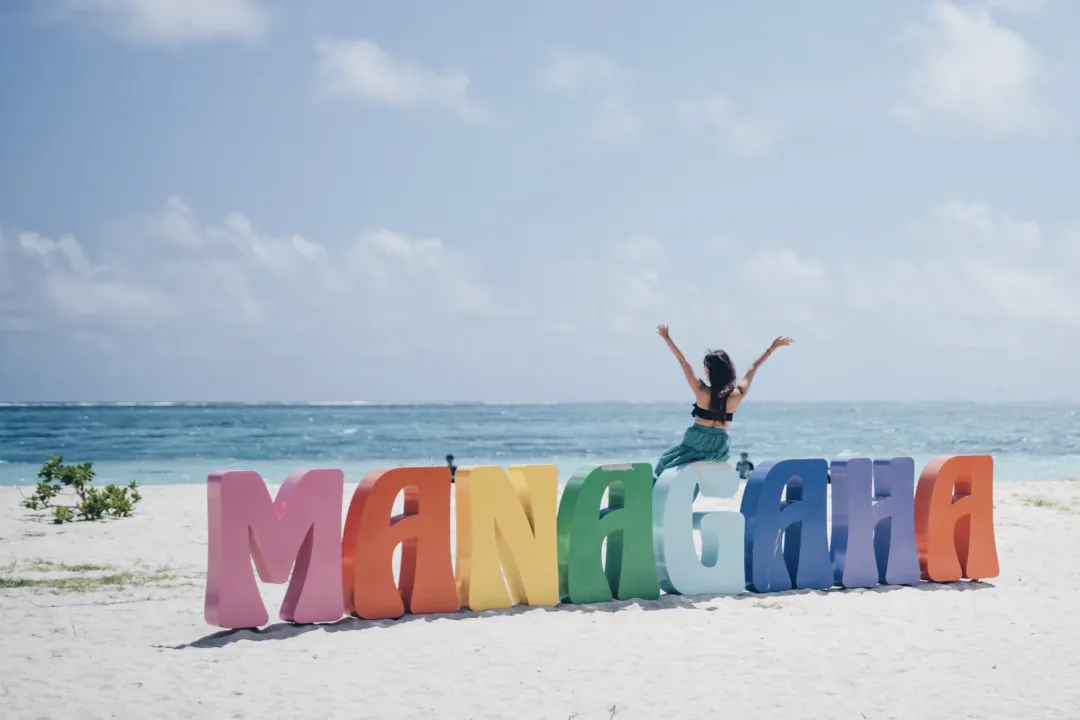
Family Trips
Traveling with kids? Choose islands that offer family-friendly resorts, theme parks, and wildlife experiences. Phu Quoc (Vietnam) is a great option, with its Vinpearl Land theme park and various wildlife attractions. Phuket’s Laguna area also provides excellent family-oriented amenities.

Diving Enthusiasts
If diving is your passion, focus on islands near coral reefs or marine reserves. Indonesia’s Raja Ampat and the Philippines’ Tubbataha Reef are world-renowned diving destinations, offering unparalleled underwater beauty and biodiversity.

Cultural Explorers
For those interested in immersing themselves in local culture, Bali’s Ubud region combines tropical beauty with rich traditions and artistry. Fiji, on the other hand, offers insights into Pacific Islander culture, with its warm hospitality and vibrant festivals.
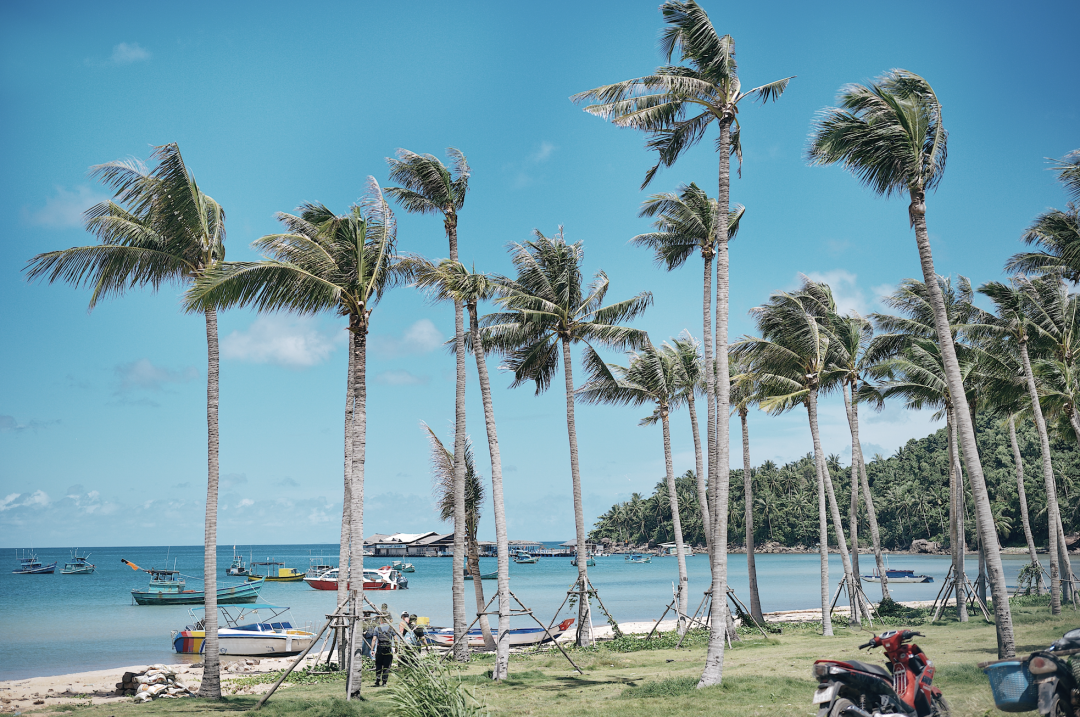
Pro Tip: Avoid blindly following recommendations. For example, while Sipadan (Malaysia) is a diver’s paradise, its remote location and limited accommodation options may frustrate non-divers.
2. Budget Considerations
Post-pandemic travel costs have risen due to inflation and fuel prices, but strategic planning can help you maximize value. Here are some tips to keep your tropical island vacation affordable:
Flights
Book your flights early to secure discounts. Budget airlines like AirAsia or Cebu Pacific often offer promotions 6–12 months in advance. For example, round-trip flights from Hong Kong to Saipan (5 days, 3 nights) can start at $550 during off-peak seasons.
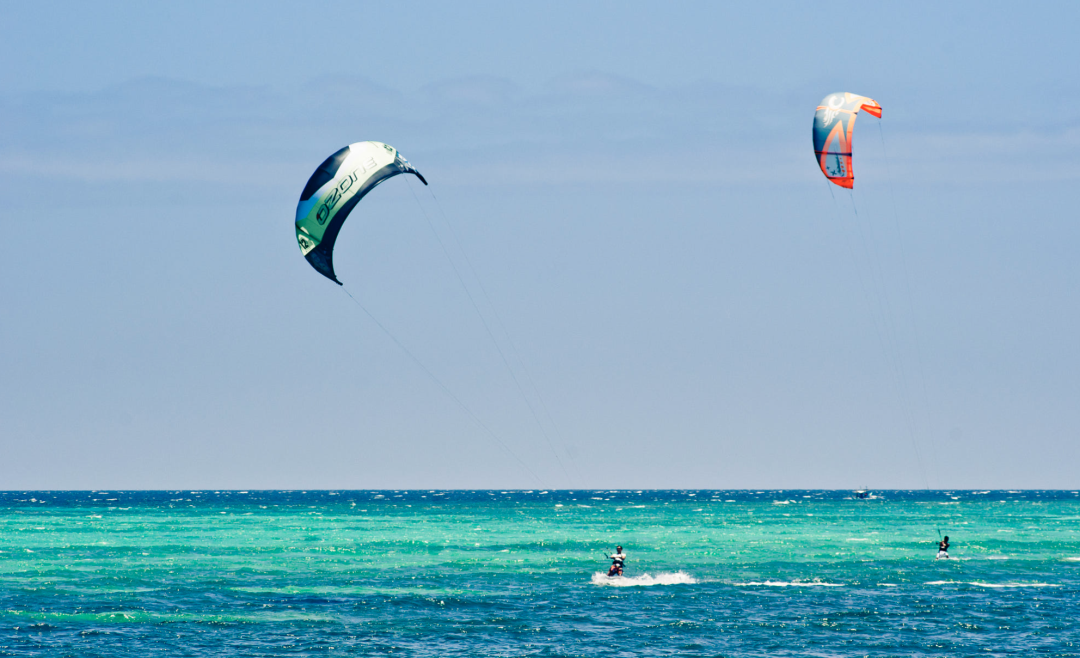
Accommodation
Look for refundable deals or early-bird rates. Resorts in Thailand and Malaysia often offer “book now, pay later” options, allowing you to lock in your reservation without immediate payment.
Cost-Effective Destinations
Southeast Asia is a treasure trove of budget-friendly tropical islands. Phuket, Bali, or Langkawi (Malaysia) offer luxury experiences at lower prices compared to more popular destinations. Vietnam’s Nha Trang or Malaysia’s Redang Island are also great options for budget-conscious travelers.

Regional Flight Tips
- East China: Consider Jeju (South Korea), Boracay, or Kota Kinabalu (Malaysia).
- South China: Phuket, Bali, or Phu Quoc are excellent choices.
- North China: Jeju remains the most accessible option for those traveling from this region.
3. Transportation and Travel Time
Ease of access significantly impacts your travel experience. Here are some factors to consider when planning your island getaway:
Direct Flights
Opt for islands with direct flights from your departure city to save time and reduce stress. Popular routes include Shanghai-Bali or Hong Kong-Saipan.
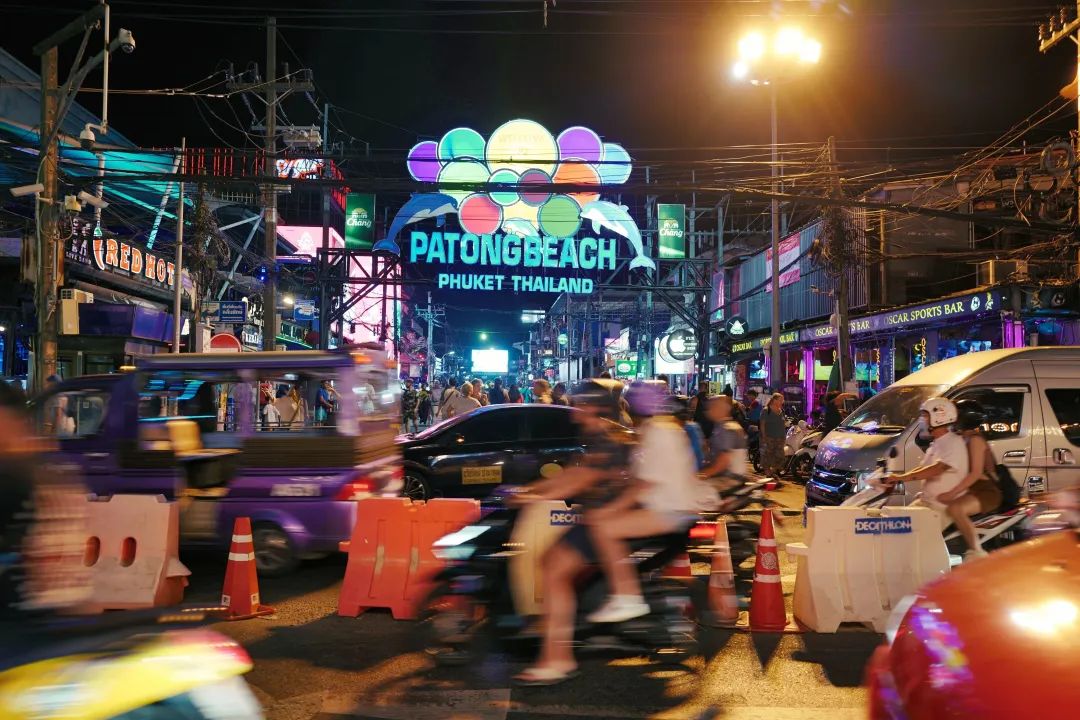
Avoid “Hidden” Transit Traps
Verify connecting flight availability before booking. For instance, routes like Hangzhou-Shanghai-Maldives may seem convenient but lack frequent domestic flights, potentially leading to long layovers or missed connections.
Island-Hopping
For longer trips (10+ days), consider combining destinations like Fiji + Samoa or the Cook Islands + Tahiti. This allows you to experience different cultures and landscapes without the hassle of returning to your starting point.

Top Picks for Direct Flights
- Bali: Multiple Asian hubs offer daily flights, making it a convenient destination for travelers from around the region.
- Phuket: Connects to major cities in China, Singapore, and Australia, providing easy access for international travelers.
- Maldives: Increasing routes from Europe and the Middle East make it more accessible than ever before.
4. Visa Requirements
Simplify your travel plans by choosing destinations that offer visa-free or visa-on-arrival access. Here’s a breakdown of some popular tropical islands and their visa policies:
Visa-Free
Thailand, Malaysia (Penang, Langkawi), Maldives, and Fiji are among the many countries that offer visa-free entry for short stays. This means you can simply show up at the airport with your passport and enjoy your vacation without the hassle of applying for a visa in advance.

Visa-on-Arrival
Indonesia (Bali, Lombok) and some other countries offer visas upon arrival at the airport. This is a convenient option for travelers who prefer to apply for their visa after arriving at their destination.
Complex Visas
The Philippines requires advance visa applications, while Vietnam’s e-visa process has improved but may still involve delays. It’s essential to research the visa requirements for your chosen destination well in advance to avoid any last-minute surprises.
Caution: Avoid traveling to regions with no diplomatic support, such as Palau, which has no Chinese embassy. This can make it difficult to resolve any issues that may arise during your trip.
5. Destination Infrastructure
Well-developed islands offer better comfort, safety, and convenience for travelers. Here are some factors to consider when evaluating the infrastructure of your chosen destination:
High Infrastructure
Islands like Phuket, Bali, and Langkawi offer reliable transportation, healthcare facilities, and tourist amenities. This means you can enjoy your vacation without worrying about basic necessities or safety concerns.

Emerging Destinations
Emerging destinations like El Nido (Philippines) or Indonesia’s Komodo Islands may lack paved roads or modern amenities, but they reward travelers with untouched beauty and unique experiences. If you’re willing to trade some comfort for adventure, these destinations are worth considering.
Stay in Affluent Areas
For added comfort and security, consider staying in affluent areas like Bali’s Nusa Dua or Phuket’s Laguna. These areas offer upgraded amenities, including luxury resorts, fine dining, and high-end shopping.
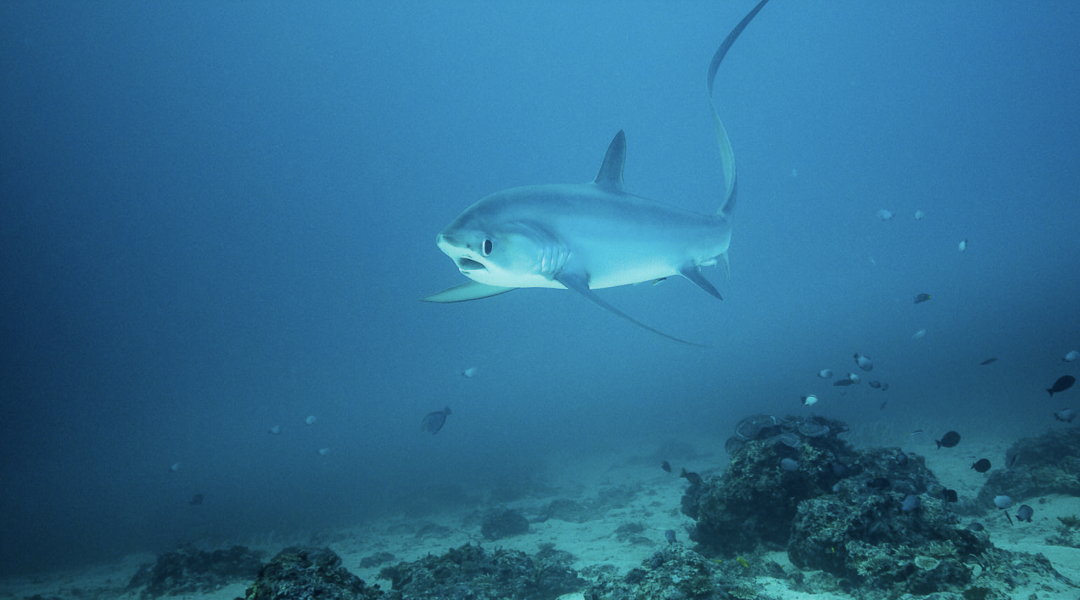
Avoid overcrowded zones like Patong Beach (Phuket) if you’re seeking tranquility and a more laid-back atmosphere.
6. Safety Tips
While most tropical islands are safe for travelers, it’s always essential to take precautions to ensure a smooth and enjoyable vacation. Here are some safety tips to keep in mind:
Research
Avoid traveling to politically unstable regions or areas with a history of crime. For example, southern Thailand has experienced some unrest in recent years, so it’s essential to research the current situation before planning your trip.
Stay Informed
Follow travel advisories from your government or a reputable travel agency. These advisories provide up-to-date information on safety concerns, health risks, and other important considerations for your destination.
Secure Valuables
Use hotel safes to store your passport, cash, and other valuables. Avoid flashing expensive gear or jewelry in public, as this can attract unwanted attention.

Safest Options
Some of the safest tropical island destinations include Malaysia (Langkawi, Penang), Thailand (Phuket, Koh Samui), and Vietnam (Phu Quoc). These destinations have a low crime rate, reliable infrastructure, and friendly locals, making them ideal for travelers of all ages and backgrounds.
7. Timing Your Trip
Weather plays a significant role in your tropical island vacation experience. Here’s what you need to know about timing your trip to make the most of your destination:
Dry Season
The dry season is typically the best time to visit tropical islands, as it offers optimal conditions for beach activities, outdoor adventures, and sightseeing. During this time, you can expect sunny skies, warm temperatures, and minimal rainfall.

Rainy Season
The rainy season, on the other hand, can bring lower prices but also higher storm risks. If you’re willing to brave the occasional downpour, you can often find great deals on flights, accommodations, and activities during this time. Just be sure to pack a lightweight raincoat and waterproof gear to stay dry and comfortable.
Monsoon Patterns
Monsoon patterns vary by region, so it’s essential to research the weather conditions for your chosen destination. In Southeast Asia, for example, the dry season typically runs from November to February, while the rainy season lasts from June to October. In the Caribbean, the dry season is from December to April, and the hurricane season is from June to November.
Pro Tip: Even during the rainy season, showers are often brief and followed by sunny skies. So don’t let a little rain dampen your spirits—pack a lightweight raincoat and enjoy the unique beauty of the rainy season.
8. Gradual Exploration Strategy
To avoid “island fatigue” and make the most of your tropical island vacation, consider adopting a gradual exploration strategy. Here’s how to plan your trip to keep it engaging and enjoyable:
Beginner-Friendly Islands
Start with accessible islands that offer a mix of relaxation, adventure, and cultural experiences. Phuket, Bali, or Boracay are excellent choices for first-time visitors to tropical islands.
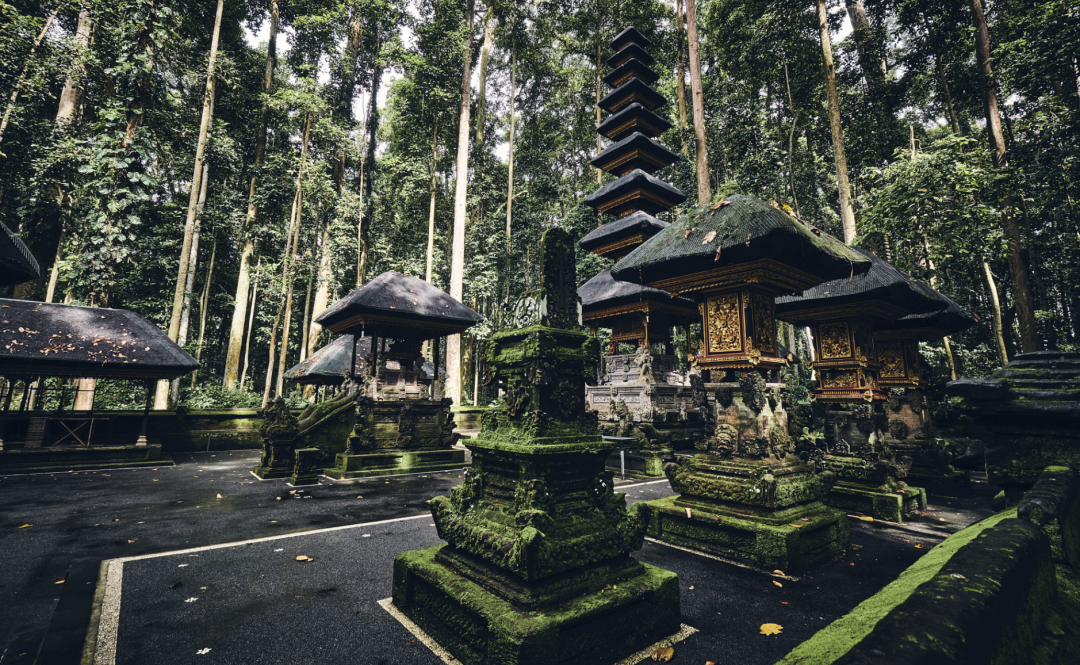
Intermediate Destinations
Once you’ve gained some experience with tropical island travel, consider venturing to more remote or challenging destinations. Seychelles, Mauritius, or the Philippines’ Palawan offer a mix of luxury, adventure, and cultural immersion for intermediate travelers.
Advanced Adventures
For seasoned travelers seeking the ultimate tropical island experience, consider destinations like French Polynesia (Bora Bora) or the Galápagos. These destinations offer unparalleled beauty, unique wildlife, and exclusive accommodations for the most discerning travelers.
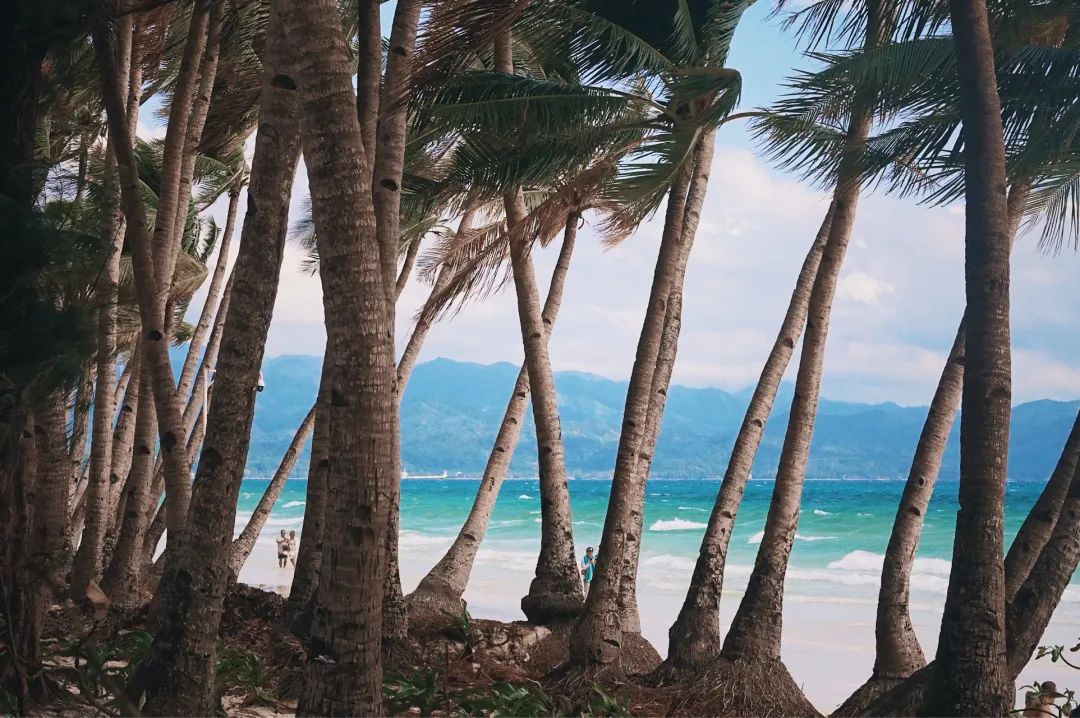
Avoid “Island Fatigue”: To keep your trip engaging, balance beach days with cultural or adventure activities. Visit local markets, try new foods, or take a guided tour to learn more about the history and culture of your destination.
Final Checklist Before Booking
Before finalizing your tropical island vacation plans, here’s a checklist to ensure you’ve covered all the bases:
- Confirm Flight and Hotel Cancellation Policies: Make sure you understand the terms and conditions for canceling or changing your reservations in case of unforeseen circumstances.
- Check Passport Validity: Ensure your passport is valid for at least six months beyond your planned departure date. Some countries may require additional validity periods, so it’s essential to check the specific requirements for your destination.
- Purchase Travel Insurance: Protect yourself and your investment by purchasing travel insurance that covers medical emergencies, trip interruptions, and other unexpected events. Look for a policy that offers comprehensive coverage and a 24/7 emergency assistance hotline.
- Download Offline Maps and Translation Apps: Stay connected and navigate with ease by downloading offline maps and translation apps for your destination. This will help you find your way around, communicate with locals, and access important information even if you don’t have an internet connection.
By aligning your preferences with practical considerations, you’ll unlock a stress-free, unforgettable island escape. Safe travels!
